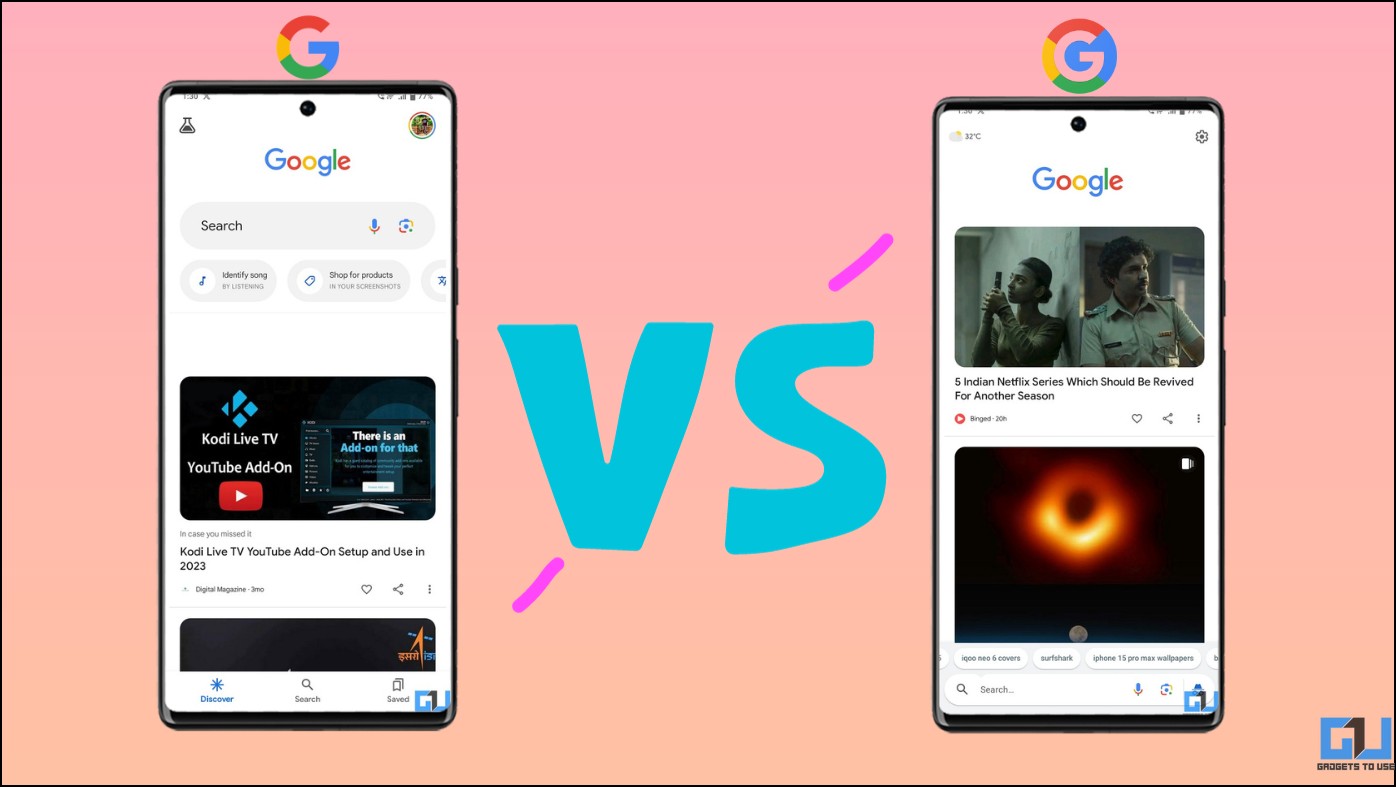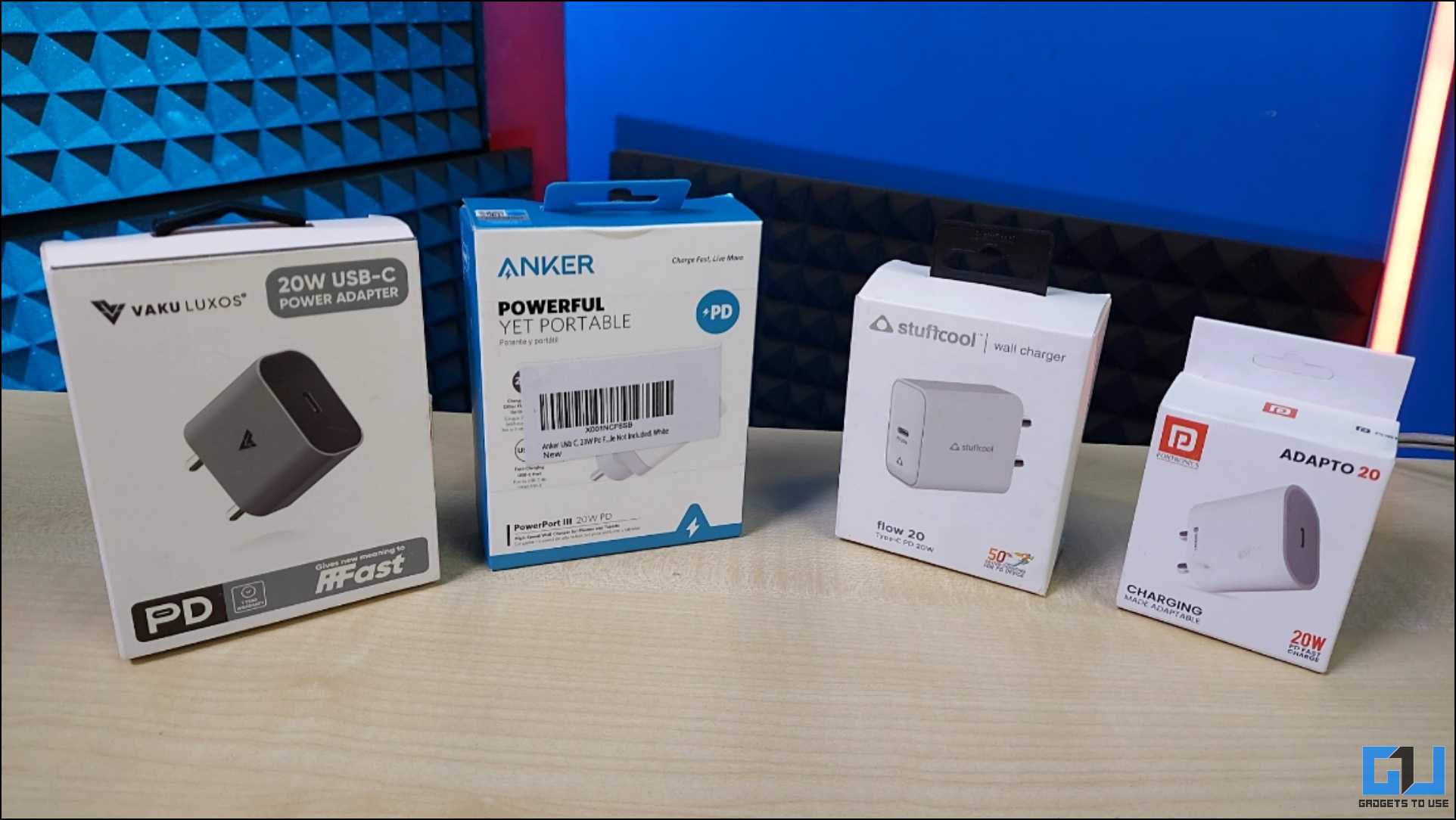With the smartphone drift booming all over, even price conscious consumers are buying such devices to keep themselves going with the trend. Understanding this requirement of a major part of the consumers, the manufacturers are coming up with offerings that offer a great value for the money paid. The entry-level market segment was initially dominated by the homegrown players, but now even the global vendors have started venturing into this segment in order to gain stupendous success. Today, we have come up with a detailed comparison between two such smartphones – Asus Zenfone 4.5 and Xiaomi Redmi 1S that are priced similarly at Rs 6,999.
Display and Processor
The Zenfone 4.5 is given a 4.5 inch display that packs a FWVGA screen resolution of 480×854 pixels and it is layered with the scratch resistant Corning Gorilla Glass 3 protection. Going by the comparison, the Xiaomi phone boasts of a 4.7 inch IPS display that carries a HD resolution of 1280×720 pixels. Also, both the devices are layered with Corning Gorilla Glass 3 protection for scratch resistance.
Talking of raw hardware, the Asus phone is stuffed with a 1.2 GHz dual-core Intel Atom Z2520 processor. The hyper threading technology of this processor makes the handset faster as it is capable of providing a performance that is equivalent to quad-core processors. In comparison, the Xiaomi Redmi 1S incorporates a quad core 1.6 GHz Qualcomm Snapdragon 400 MSM8228. Otherwise, both the smartphones have 1 GB of RAM that can deliver smooth multi-tasking performance.
Camera and Internal Storage
Both the smartphones pack an 8 MP primary camera at their back with LED flash, but the one on Xiaomi appears to be better with auto focus, HDR shooting mode and FHD 1080p video recording. Again, the Redmi 1S tops the imaging department with a 1.6 MP front-facer that can make video calls at HD 720p, whereas there is a VGA front-facer on the Zenfone 4.5.
Storage wise, both the Asus and Xiaomi smartphones bundle 8 GB of default storage capacity. As many entry-level smartphones arrive only with 4 GB of storage space, the incorporation of 8 GB storage in these handsets makes them pretty impressive. Also, there is expandable storage support up to 64 GB on both the handsets.
Battery and Features
The Zenfone 4.5 draws its energy from a 1,750 mAh battery, whereas the Xiaomi Redmi 1S uses a better battery with 2,000 mAh capacity. Obviously, the latter appears to last for a longer duration with the increased capacity.
On the storage front, the Zenfone 4.5 is fueled by Android 4.4 KitKat operating system, while on the other hand, the Xiaomi Redmi 1S runs on Android 4.3 Jelly Bean. However, the Redmi 1S comes with an additional feature – USB OTG that is becoming a common feature these days to enable easier transfer of content between two devices.
Key Specs
| Model | Asus Zenfone 4.5 | Xiaomi Redmi 1S |
| Display | 4.5 inch, FWVGA | 4.7 inch, HD |
| Processor | 1.2 GHz Dual Core Intel Atom Z2520 | 1.6 GHz Quad Core Qualcomm Snapdragon 400 |
| RAM | 1 GB | 1 GB |
| Internal Storage | 8 GB, Expandable up to 64 GB | 8 GB, Expandable up to 64 GB |
| OS | Android 4.4 KitKat | Android 4.3 Jelly Bean |
| Camera | 8 MP/ VGA | 8 MP/ 1.6 MP |
| Battery | 1,750 mAh | 2,000 mAh |
| Price | Rs 6,999 | Rs 6,999 |
Conclusion
Both the Asus Zenfone 4.5 and Xiaomi Redmi 1S are priced similarly at Rs 6,999 making them affordable even for consumers with tight budgets. Despite of their identical pricing, the handsets have some very different aspects. To be specific, the Asus phone comes with scratch resistant display, faster processor and latest operating system with more resources. On the other hand, the Xiaomi phone comes with enhanced camera aspects and better battery capacity. To conclude, it is the buyers who have to decide on what features they desire.



